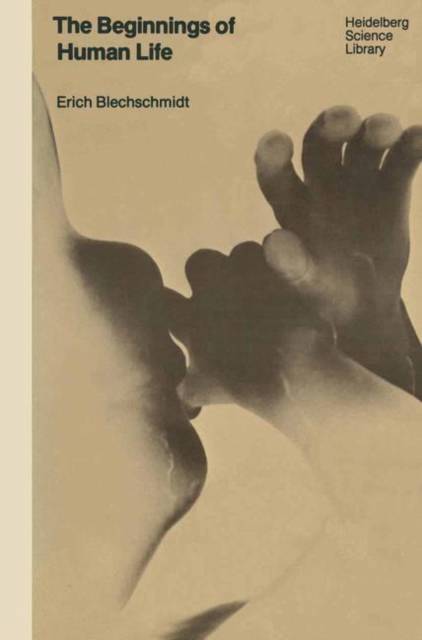
- Afhalen na 1 uur in een winkel met voorraad
- Gratis thuislevering in België vanaf € 30
- Ruim aanbod met 7 miljoen producten
- Afhalen na 1 uur in een winkel met voorraad
- Gratis thuislevering in België vanaf € 30
- Ruim aanbod met 7 miljoen producten
Zoeken
€ 257,95
+ 515 punten
Omschrijving
Although a human embryo possesses so much grace that the untutored spectator can only admire it in awe, this minute and humble embryo is still almost unknown to many. For some, it seems to belong to the animal kingdom only; others see in it man in his most primordial and elementary aspect. The early life of man thus has become a problem. The development of man as individual (individual development) begins with fertilization. The following pages, therefore, concentrate above all on the develop- ment from the ovum to the embryo. The description given below of the ontogenesis of the human embryo and its early functions has been completely documented by our human-embryological collection. Numerous original pho- tographs and systematically revised drawings were pub- lished in 1973 under the title Die praenatalen Organsys- teme des Menschen (The Prenatal Organ Systems of Man); the supplementary scientific commentaries were published in 1977 in Biokinetics and Biodynamics of Human Differentiations. A complete series of portrait illustrations is located at the Science Centre in Toronto, Canada.
Specificaties
Betrokkenen
- Auteur(s):
- Vertaler(s):
- Uitgeverij:
Inhoud
- Aantal bladzijden:
- 128
- Taal:
- Engels
- Reeks:
Eigenschappen
- Productcode (EAN):
- 9780387902494
- Verschijningsdatum:
- 21/12/1977
- Uitvoering:
- Paperback
- Formaat:
- Trade paperback (VS)
- Afmetingen:
- 156 mm x 234 mm
- Gewicht:
- 204 g

Alleen bij Standaard Boekhandel
+ 515 punten op je klantenkaart van Standaard Boekhandel
Beoordelingen
We publiceren alleen reviews die voldoen aan de voorwaarden voor reviews. Bekijk onze voorwaarden voor reviews.








